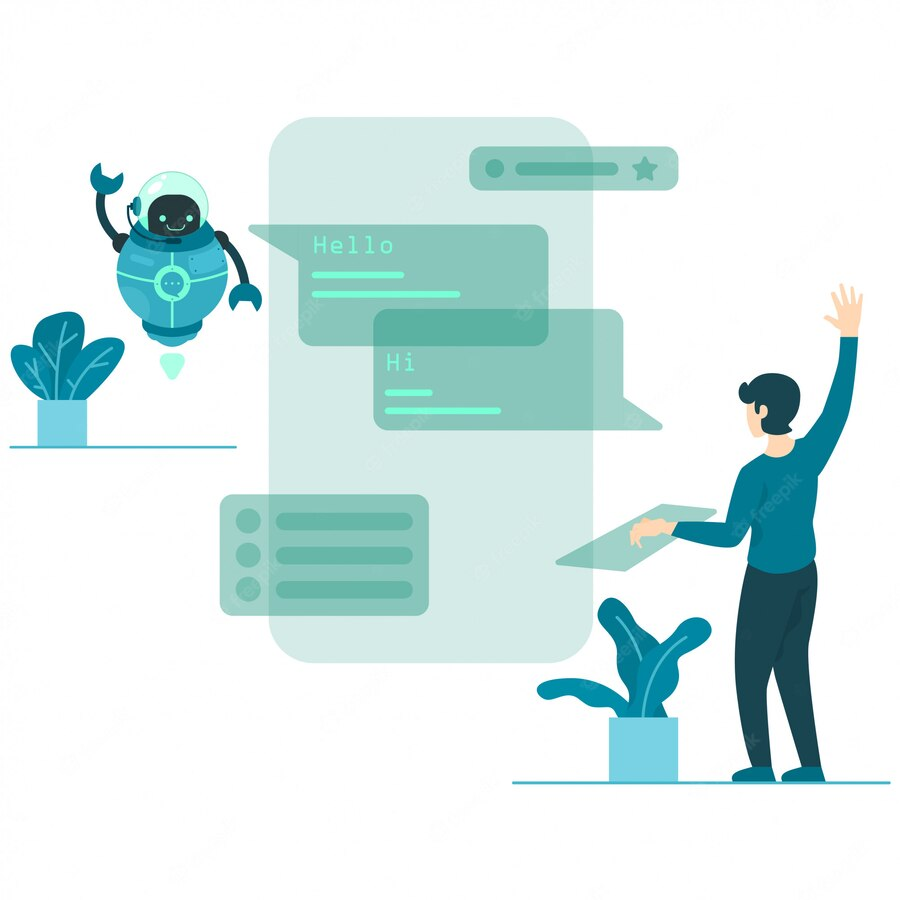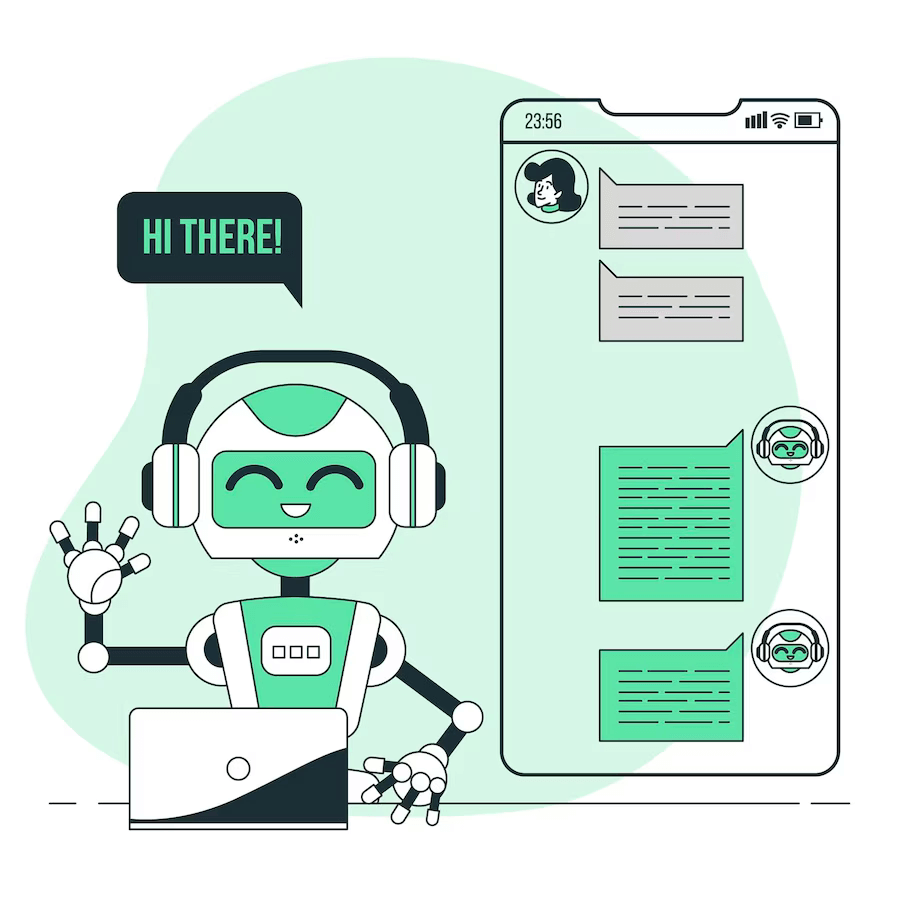Emergence and Advancements in Text to Speech Technology
As technology advances, we get access to better and more efficient tools that make our lives easier. When it comes to text to speech technology, there’s a lot to say about its incredible transformation.
Nowadays, we can use an AI voice over generator to turn our texts into high-quality, natural-sounding audio for all kinds of applications. But how did we get here? Today, we will explore text to speech technology to understand its history a bit more and get a better grasp on the advancements we can benefit from.
The Early Days of Text to Speech Software

Text to speech technology dates as far back as the 1700s, with developments in the field going well into the 20th century. Speech synthesis machines have been around for a long while, but it was in the 20s that advancements paved the way for the first text to speech system.
First Text to Speech System
Now, the first text to speech system was built in 1968 at Japan’s Electrotechnical Laboratory, and it was developed for the English language. The system was designed by Noriko Umeda and his colleagues, and it could produce intelligible speech. It didn’t sound natural at all, but this would eventually be addressed by technological advancements.
The Evolution of Text to Speech
Text to speech technology continued evolving in the 70s and 80s, giving way to more sophisticated systems. Eventually, specialists at MIT developed a text to speech system that would serve as the foundation for more and more advanced speech synthesizers, which continued propelling the technology forward.
The Rise of AI in Text to Speech Technology

With the birth of artificial intelligence, deep learning, and machine learning, text to speech technology became so advanced, it’s now integrated into many aspects of our daily lives. If you’ve ever used virtual assistants, bot chats, or even used systems like Siri to make voice searches, take notes, etc., you have already interacted with text to speech technology on more than one occasion.
AI text to speech technology uses machine learning and neural network to create synthesized speech from the text input. Back in the day, AI text to speech was very limited because it could only string sentences together. It couldn’t account for all the speech variations as AI text to speech technology can.
How AI Text to Speech Software Works
The way AI text to speech works is very interesting. A lot is going on under the hood and considering that the process only takes a few seconds, it’s quite impressive. AI text to speech systems today use natural language processing (NLP) and machine learning algorithms to convert text into natural-sounding audio.
The Process of AI Text to Speech Software
The first step in the AI text to speech process consists of removing any special characters or formatting. This will help the NLP and machine learning algorithms to interpret the text accurately. Then, the text is segmented into phonemes, which allows the AI text to speech software to generate the right sounds for each word.
Once that’s done, the system will use a pronunciation model to determine the right pronunciation of every phoneme. This model will be trained using a lot of data in the form of recorded human speech. Then, a voice synthesizer is used to generate the audio output. To finish things up, the AI text to speech software will improve the quality of the audio by doing things like correcting pitch, adding pauses, etc.
AI Text to Speech Technology Advancements

There have been many advancements in the field of AI text to speech technology and things will continue to improve. Today, AI-generated speech sounds very natural and almost human because it can mimic things like pitch, tone, intonation, speed, and more. That’s why AI text to speech tools now have so many different applications and have become very popular across industries.
Now, here are some of the most interesting advancements in AI text to speech technology:
1. Voiceovers
Creating voiceovers and dubbing videos is now easier than ever thanks to the many different AI text to speech tools out there. These tools use AI text to speech technology to provide engaging and natural-sounding voiceovers based on scripts. Plus, users have full control over the type of voice and elements like language, accents, tones, emotions, and more.
2. Emotional Text to Speech
Speaking of emotions, yes, AI text to speech is capable of imbuing your audio output with whatever emotion you need to get your message across. Some AI text to speech tools offer more options than others, but overall, you can make your audio output more expressive by using emotions like happiness, sadness, and more.
3. Multilingual Support
We live in a more connected world, so multilingual AI text to speech software has been very helpful. These tools can generate speech in a variety of languages, going so far as to imitate specific accents. For example, AI text to speech software that supports English will often have accent options such as US, Australian, and British.
The Cons of Text to Speech Technology
As is the case with any other kind of technology, text to speech is not without its cons. For one, there are some ethical concerns surrounding the misuse of this kind of technology. Fraudulent and malicious people can and have taken advantage of it for their own nefarious purposes, so that’s a real issue and there are others. However, the technology itself has provided a ton of benefits.
Conclusion on the Evolution of Text to Speech
Text to speech software has evolved to benefit our lives in many different ways, particularly when it comes to being more productive and streamlining certain tasks. Understanding it is very important to take full advantage of it, so we hope this article helped.
If you’re ready to let AI text to speech positively change the way you do things, try Speechelo today!
